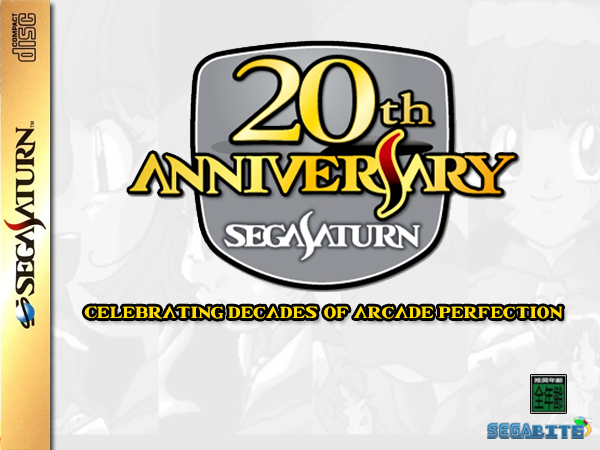
The SEGA Saturn turns 20 years old today and I thought it would be a good time to discuss the popularity of the Saturn in the land of the rising sun because if we did this article on its life in America it would be a very depressing and frankly this means I can write about Segata Sanshiro which is always fantastic.
So let’s get to it and if you like this article you might want to also check out a similar article I did on the Dreamcast for its 15th year anniversary.
Marketing: Segata Sanshiro keeps Saturn alive
Even though the SEGA Saturn is known as a commercial failure everywhere in the world, in Japan the Saturn was a big success and wasn’t discontinued until December 23rd, 2000. That means that the console lived a average six year life span in Japan, that’s double the life it had in America. There where a lot of reasons that the SEGA Saturn did really well in Japan, you can firstly thank their marketing department.
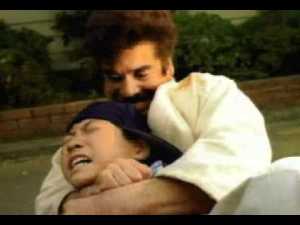
The marketing department for the SEGA Saturn stepped it up big time, introducing the Japanese gaming audience to the new advertisement mascot of the 32-bit generation; Segata Sanshiro. SEGA’s commercials featuring the one man ass kicking machine known as Segata Sanshiro started airing in Japan from 1997-1998, considered by many to be the height of that generation’s console war. The basic premise was that Segata Sanshiro (played by Hiroshi Fujioka) was a Judo master that would track down and punish anyone who didn’t play the SEGA Saturn.
The character was featured in over 19 commercials, had a hit single in Japan that sold over 100,000 copies and even got his own video game titled Segata Sanshiro Shinken Yuugi. Segata Sanshiro was a mascot for the hardcore gaming audience that SEGA was catering to in Japan. This even extended to the type of games the system focused on, even though the SEGA Saturn had a wide array of 3D games, including the newly popular Virtua Fighter series, one of the things the Saturn embraced was its 2D community…
2D Power House: Rise of Fighters & Shmups
When SEGA first developed the SEGA Saturn, it was mean’t to deliver arcade style 2D graphics, thinking that most developers weren’t ready to transition to 3D. Who knows how true that is, regardless the 2D features on the SEGA Saturn was one of the reasons I fell in love with the console and it seemed it was the reason Japan did as well.
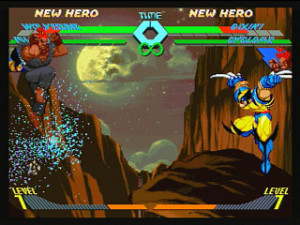 In the mid-nineties you couldn’t walk anywhere (even in America) without running into a X-Men vs. Street Fighter arcade machine, it was one of the most popular arcade games of that era. The SEGA Saturn was able to have the best port of all 32-bit/64-bit consoles thanks to its addition 4-meg cartridge expansion the game had more frames of animation, lower loading times and more detailed graphics. The arcade ports kept coming from companies like SNK, Capcom and many others.
In the mid-nineties you couldn’t walk anywhere (even in America) without running into a X-Men vs. Street Fighter arcade machine, it was one of the most popular arcade games of that era. The SEGA Saturn was able to have the best port of all 32-bit/64-bit consoles thanks to its addition 4-meg cartridge expansion the game had more frames of animation, lower loading times and more detailed graphics. The arcade ports kept coming from companies like SNK, Capcom and many others.
SEGA Saturn got a lot more 2D love in the forms of shmups, which flooded the console. Many of these games turned out to become classics in the genre like Radiant Silvergun, Battle Garegga, Batsugun, Dodonpachi, and among many others. This is just naming some of the ones that I personally find appealing, there are so many cult classic shmups on the SEGA Saturn that even I haven’t played them all. If you want to see more, check out this awesome article by Racket Boy.
Not a Virtua Lover, but a Virtua Fighter
Even though Capcom saw world-wide success with its Versus and Street Fighter series of video games in the mid-nineties, SEGA managed to take over the fighting genre with the help of their AM2 studio. AM2 gracefully dipped their feet creating the first 3D fighting game with Virtua Fighter, the series didn’t take off until Virtua Fighter 2 was released to arcade audiences in 1994. The next year, Virtua Fighter 2 was ported to SEGA Saturn and it moved 1.9 million units in Japan. At the time, that was about as many Japanese SEGA Saturns consoles sold, which is insane.
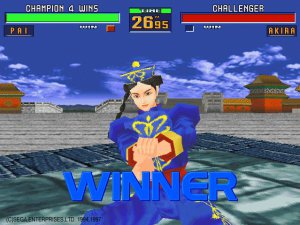 Not only did Virtua Fighter 2 have better, smoother polygons than any game before it but it also a sense of realism, depth and impressive opponent AI for the time. Supporting a world wide class of fighters, all with its own move set provided ‘hard to master’ sense of gameplay, its no wonder why Virtua Fighter 2 was the top dog of the Japanese fighting scene during the mid-90’s and why its one of the SEGA Saturn’s fastest selling games. This would go to create a bunch of spin-offs using the Virtua Fighter 2 engine including Virtua Fighter Kids, Fighters Megamix, Fighting Vipers and even Sonic the Fighters.
Not only did Virtua Fighter 2 have better, smoother polygons than any game before it but it also a sense of realism, depth and impressive opponent AI for the time. Supporting a world wide class of fighters, all with its own move set provided ‘hard to master’ sense of gameplay, its no wonder why Virtua Fighter 2 was the top dog of the Japanese fighting scene during the mid-90’s and why its one of the SEGA Saturn’s fastest selling games. This would go to create a bunch of spin-offs using the Virtua Fighter 2 engine including Virtua Fighter Kids, Fighters Megamix, Fighting Vipers and even Sonic the Fighters.
SEGA Saturn’s legacy in Japan
The SEGA Saturn was marketed to the hardcore consumer and delivered with hardcore niche titles, many that stayed console exclusive on Saturn turned out to become harder to come by. Even though sales of the SEGA Saturn paled in comparison to the Playstation, it did come in second place outselling the Nintendo 64. Not only that, the SEGA Saturn was also the most successful SEGA console ever to be released in Japan and thanks to its hardcore fanbase software sales of the console outperformed the Sony Playstation for a few years.
The SEGA Saturn had over 1,000 games released for it, 80% of those games never made it outside of Japan. When I was growing up I found this concept so bizarre that I had to dig and try to find gems. I consider myself lucky that I lived near a place that rented out imported games and got to experience alot of SEGA Saturn Japanese classics growing up without breaking the bank. Playing some of these Japanese only games is one of the many reasons that the SEGA Saturn will always hold a special place in my heart.


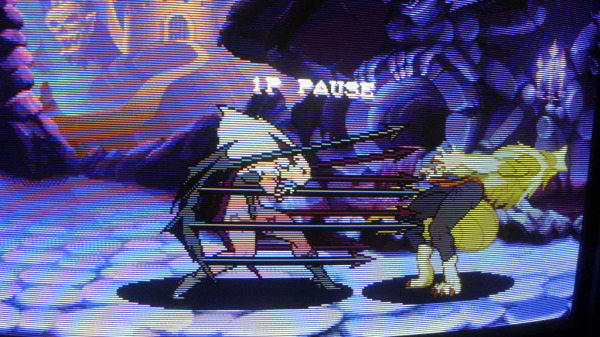

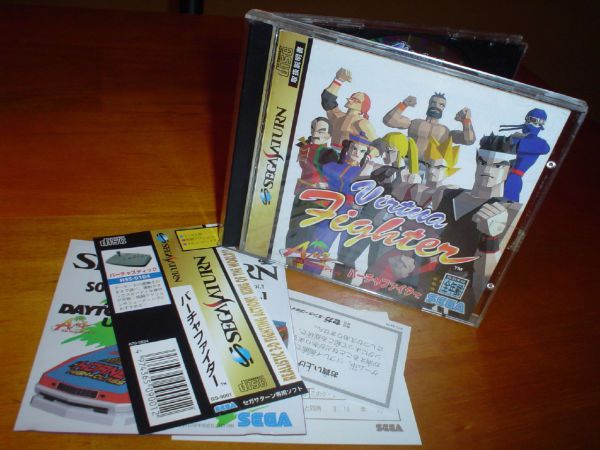
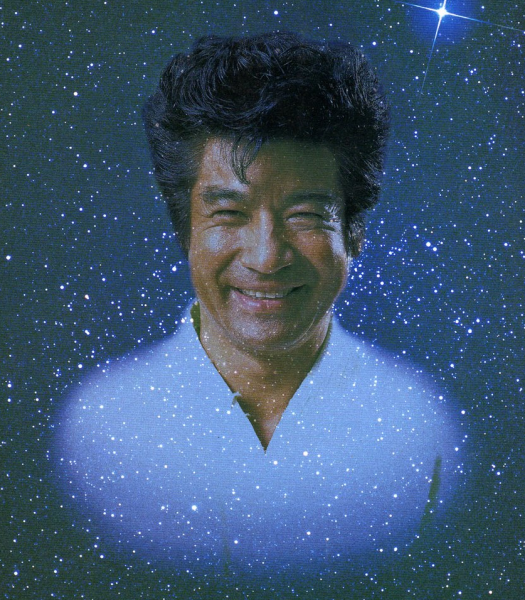


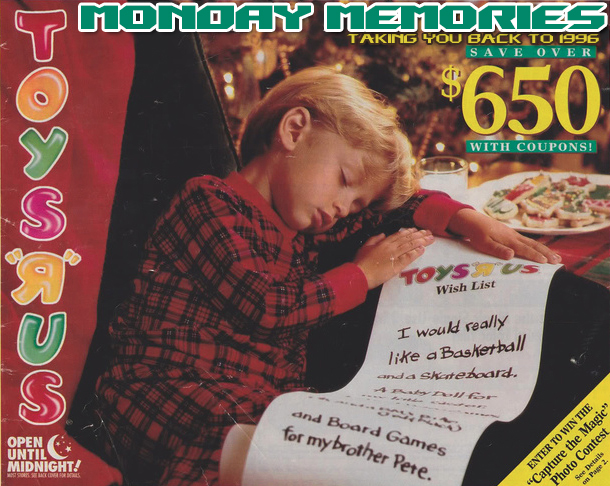
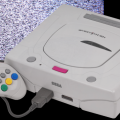
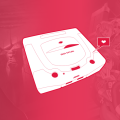
What I love most from Saturn : its gamepad !!! (Japanese version)
For a fighting game fans, its gamepad is like heavenly pad.